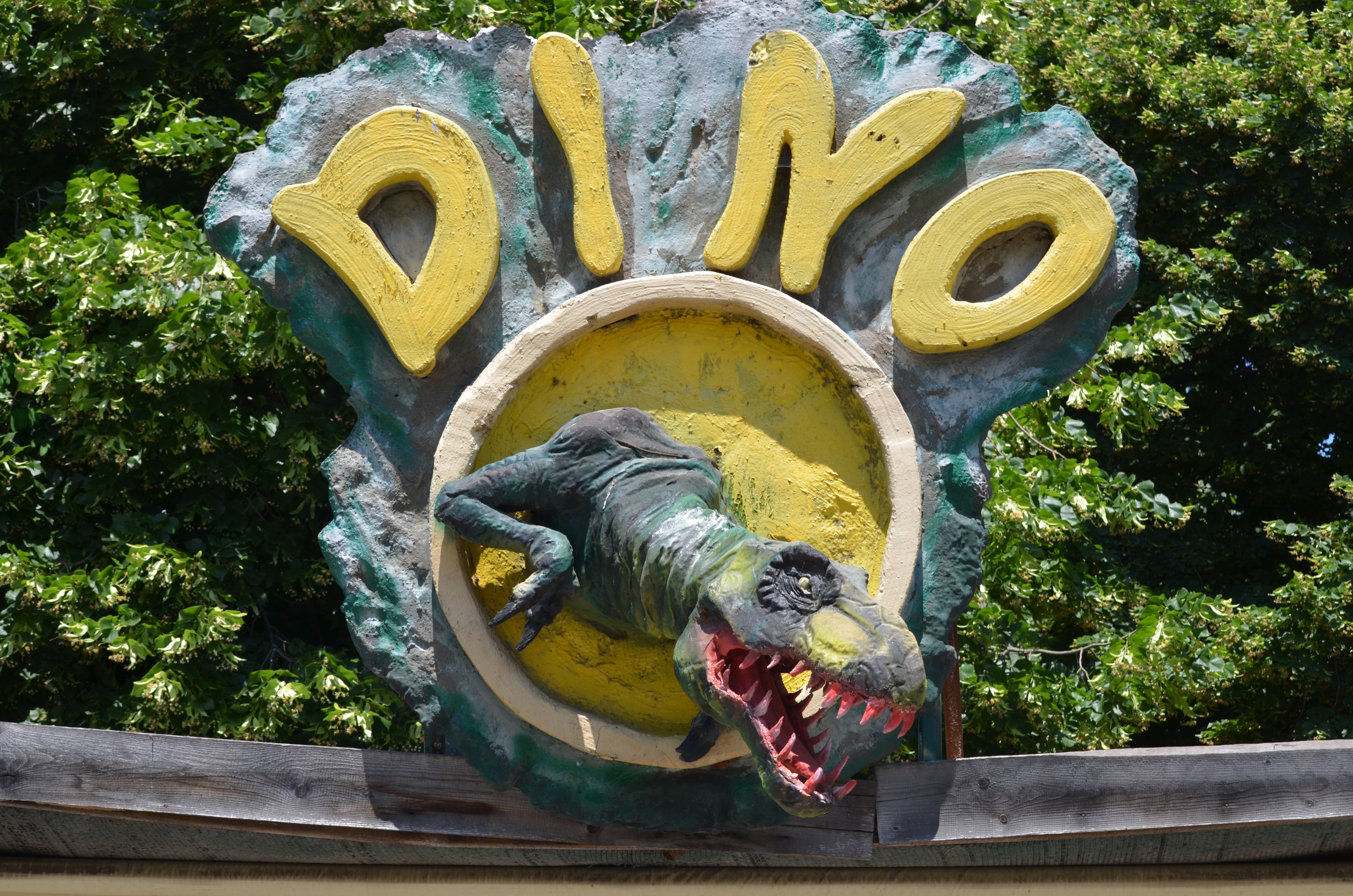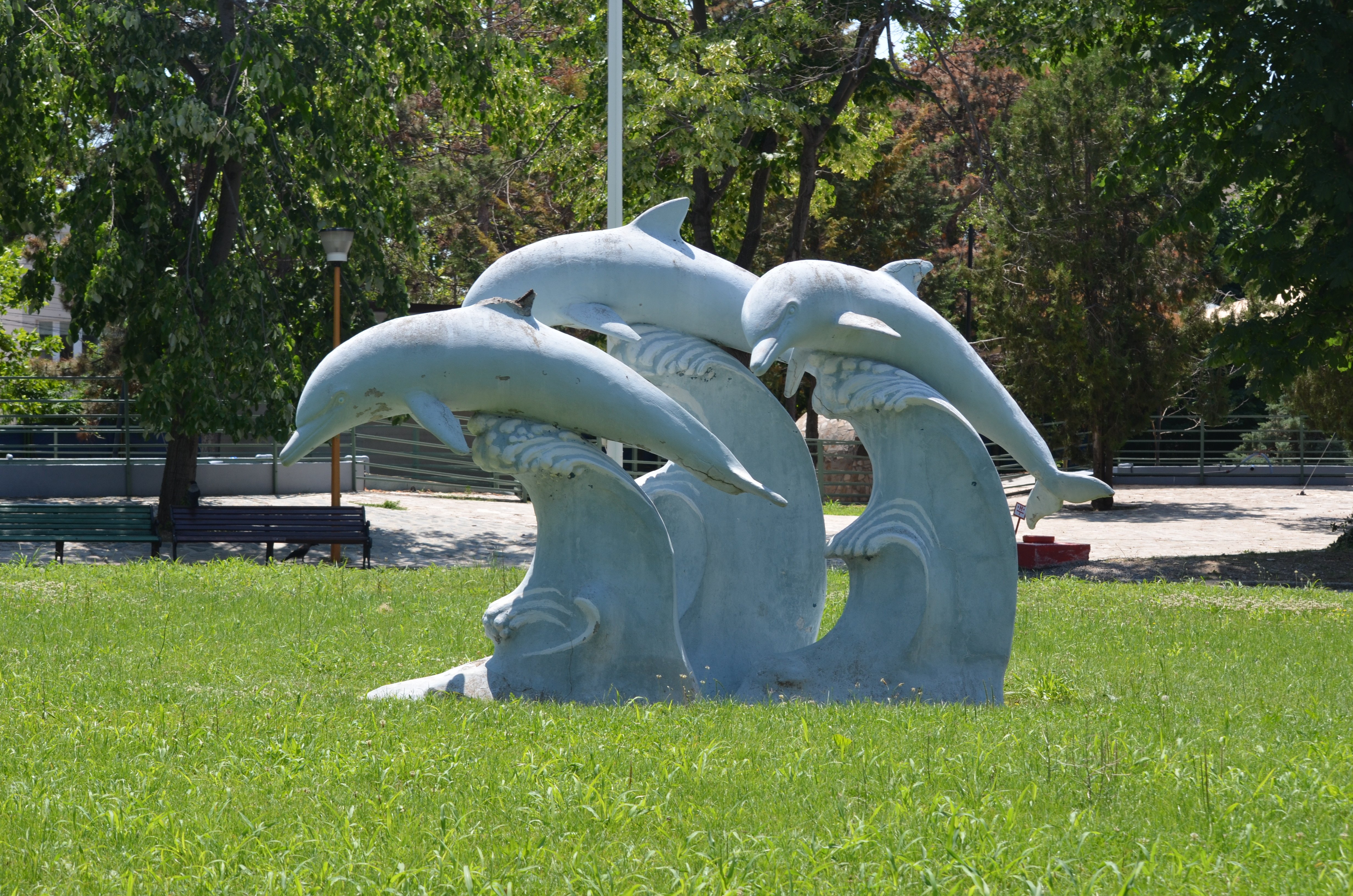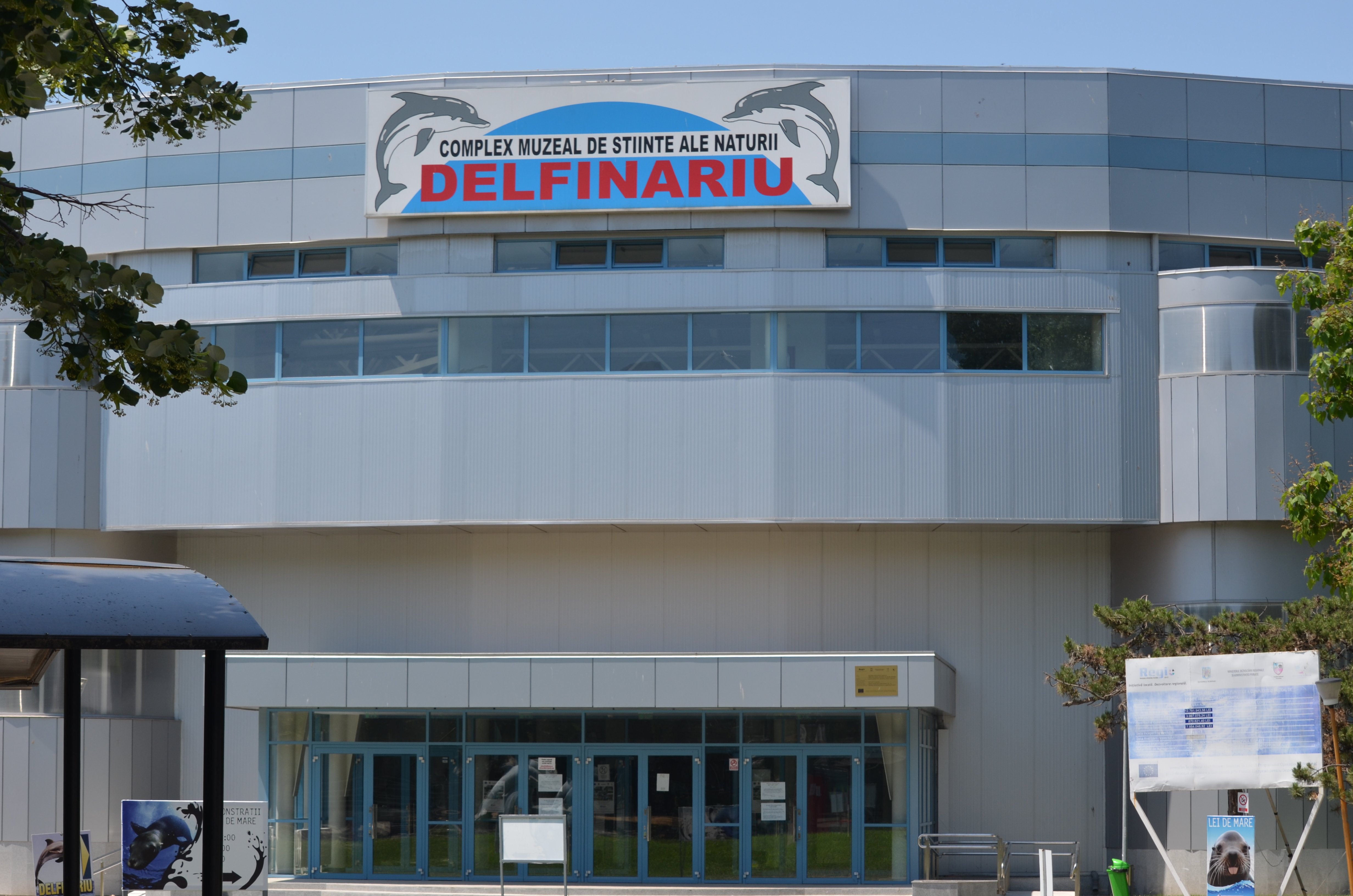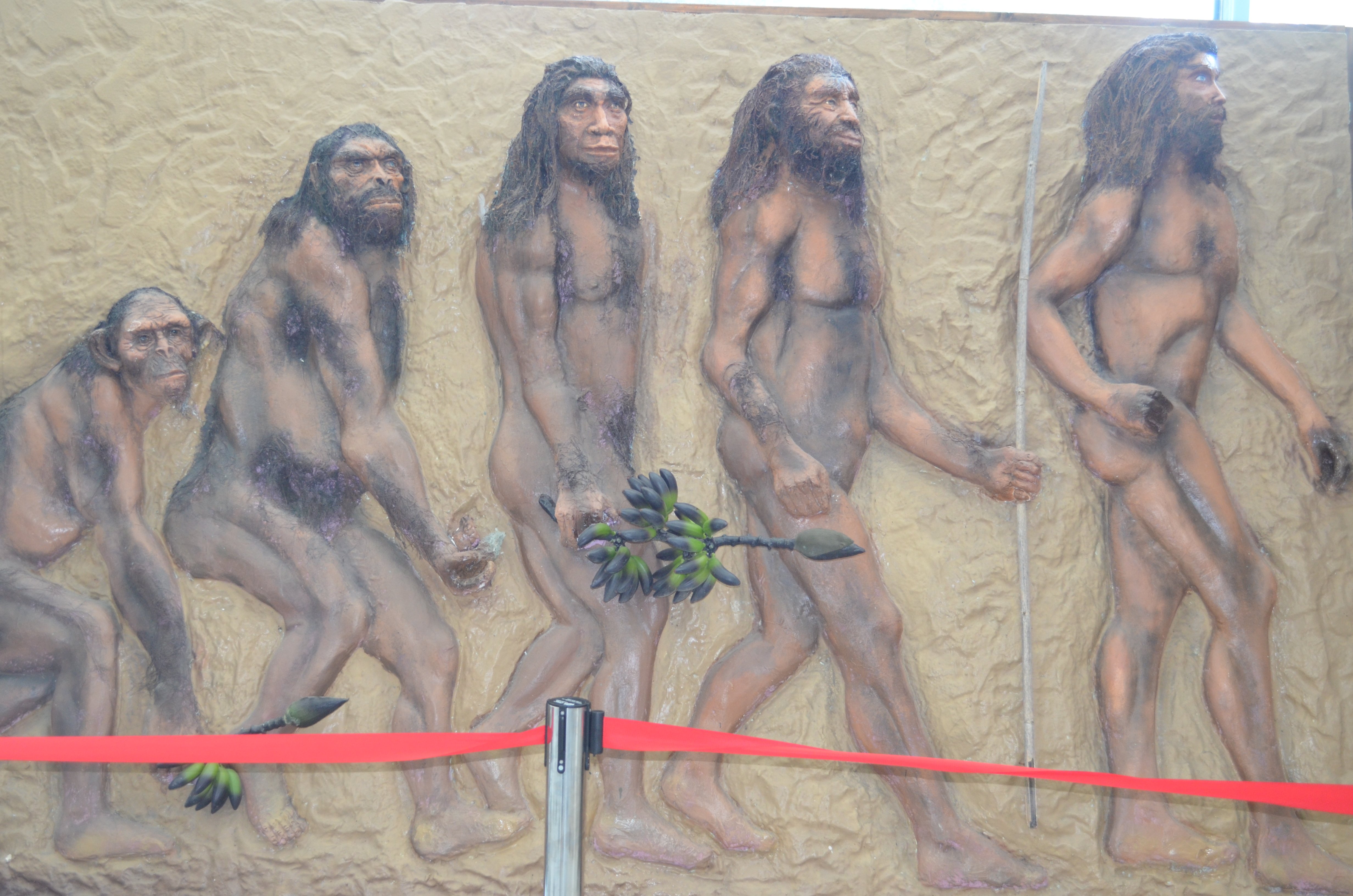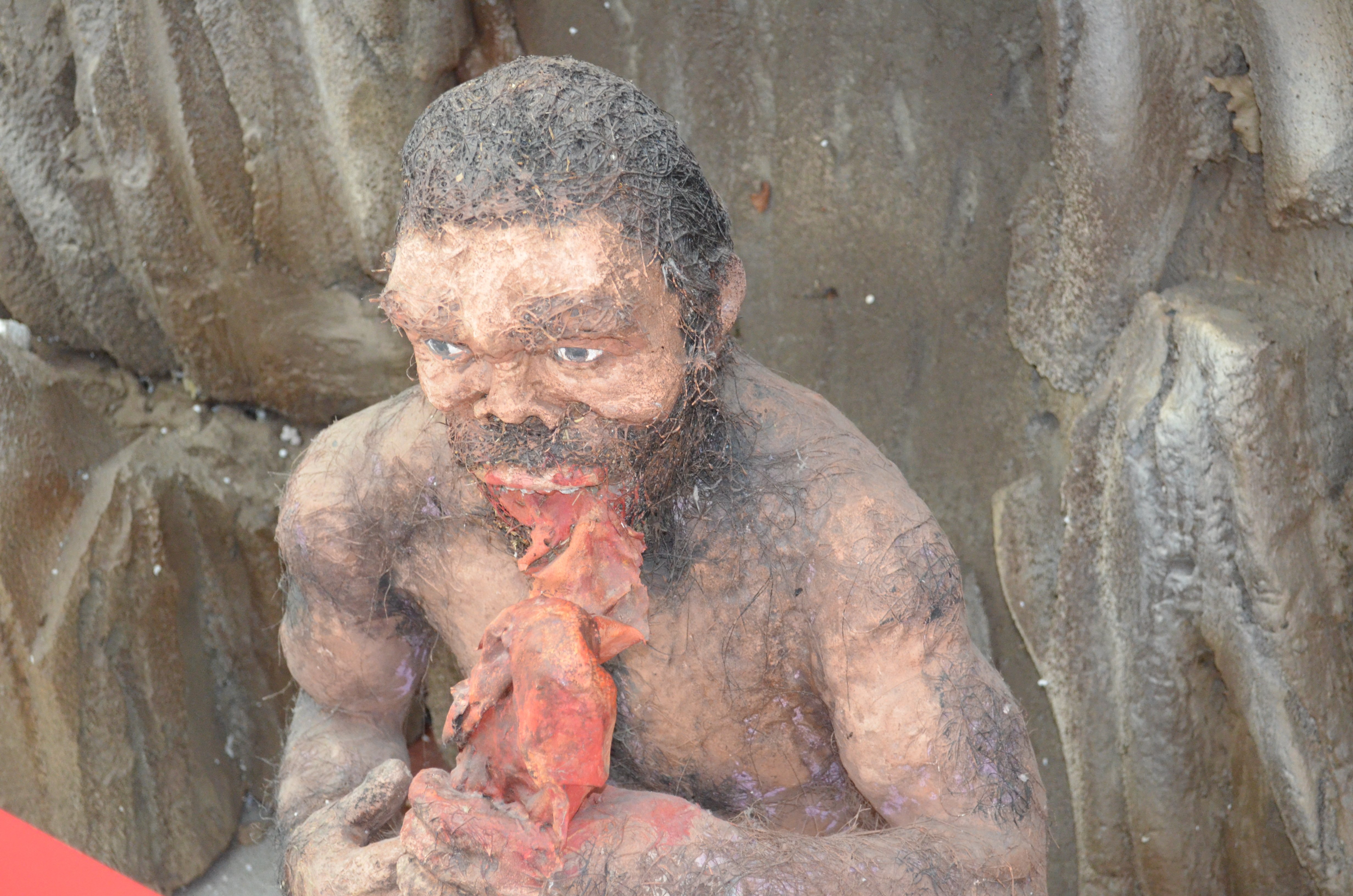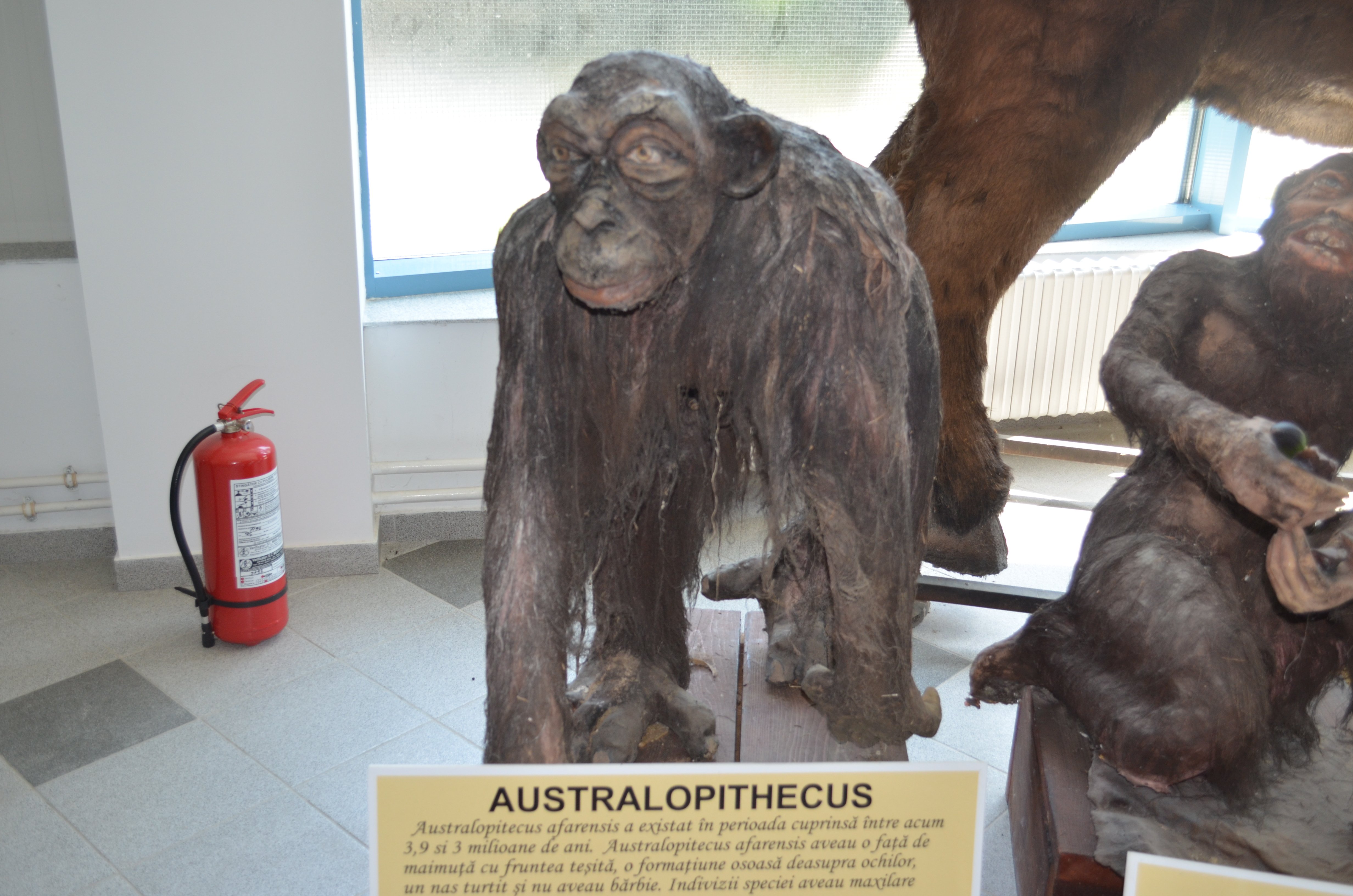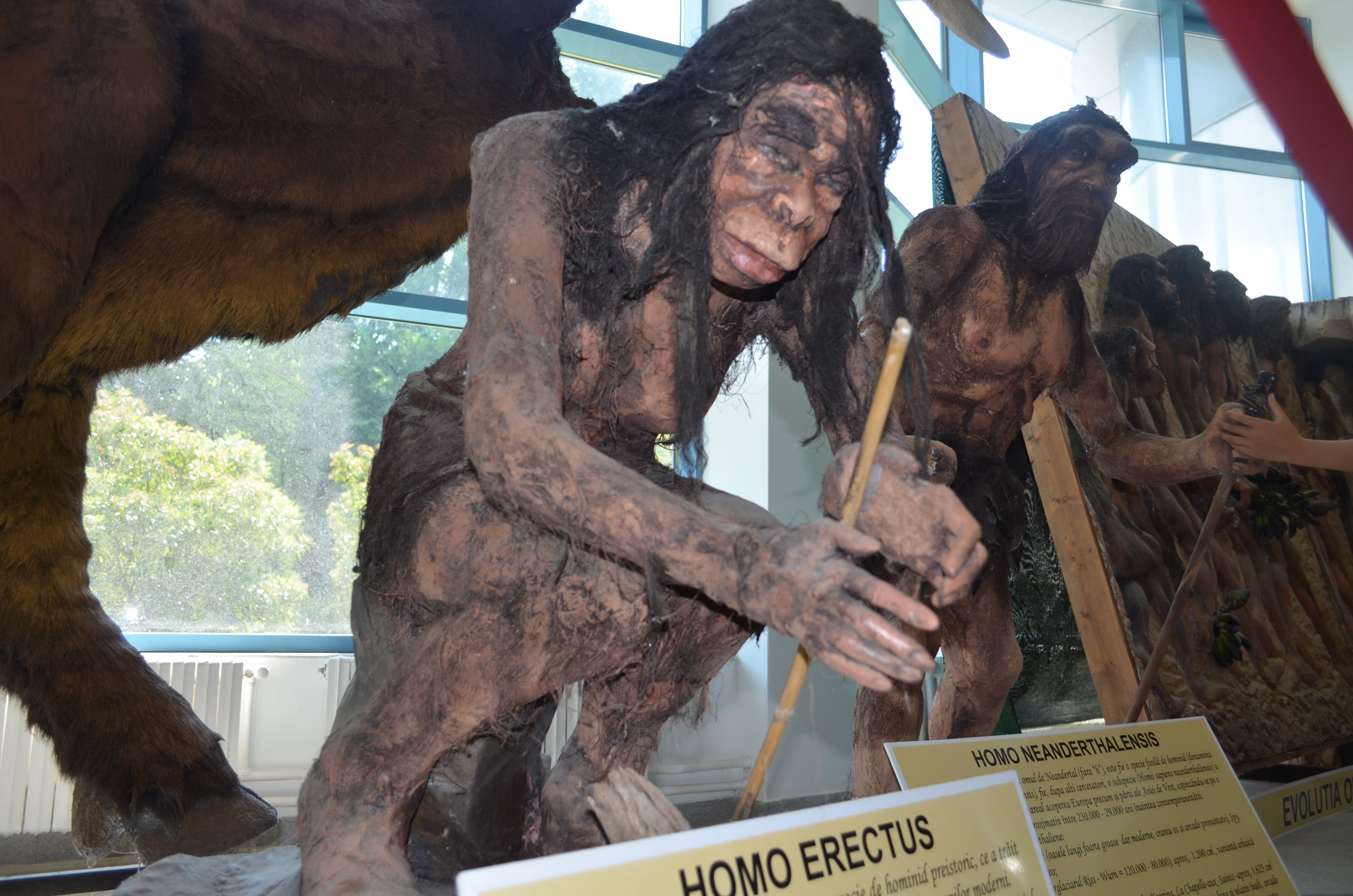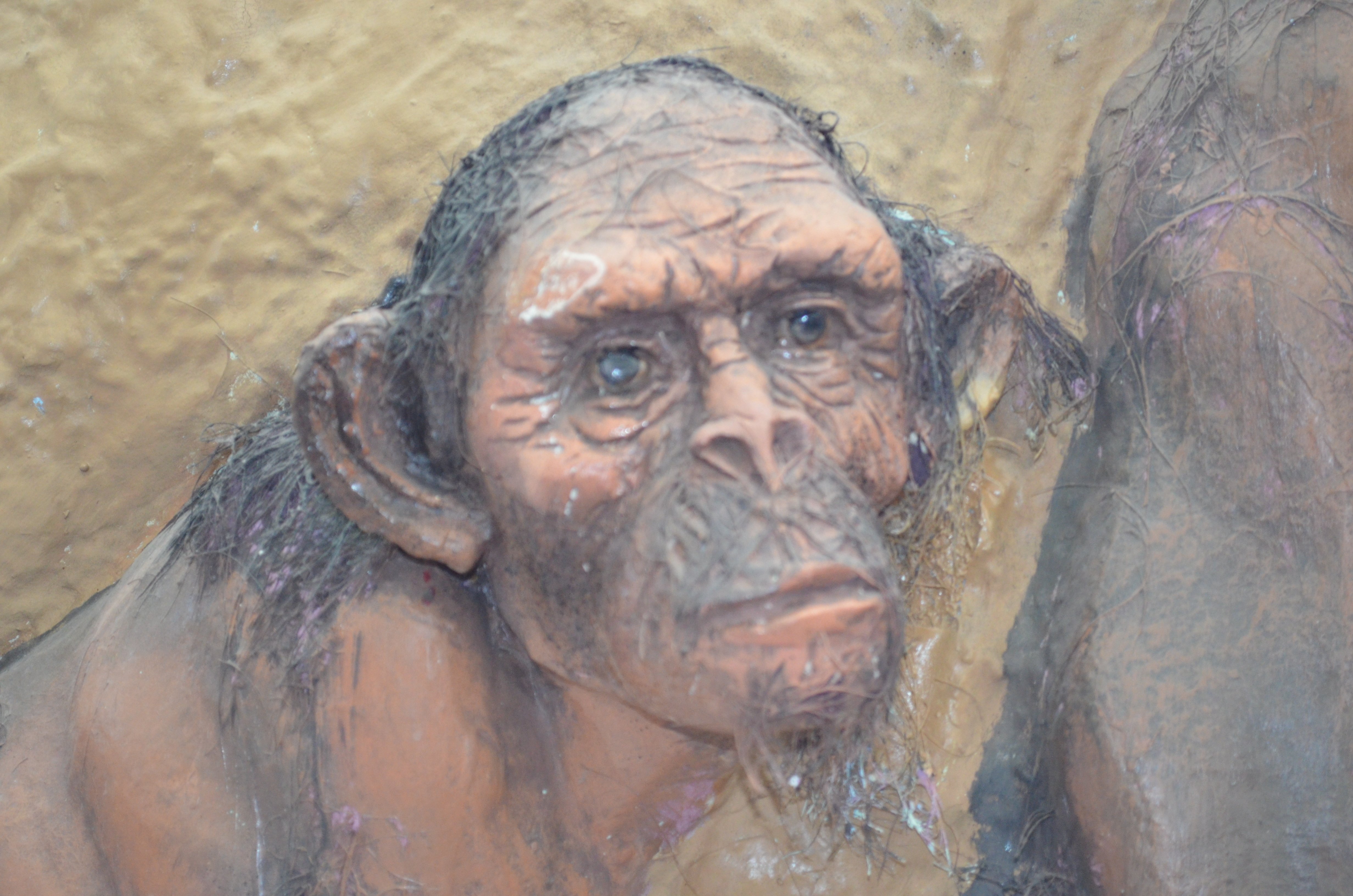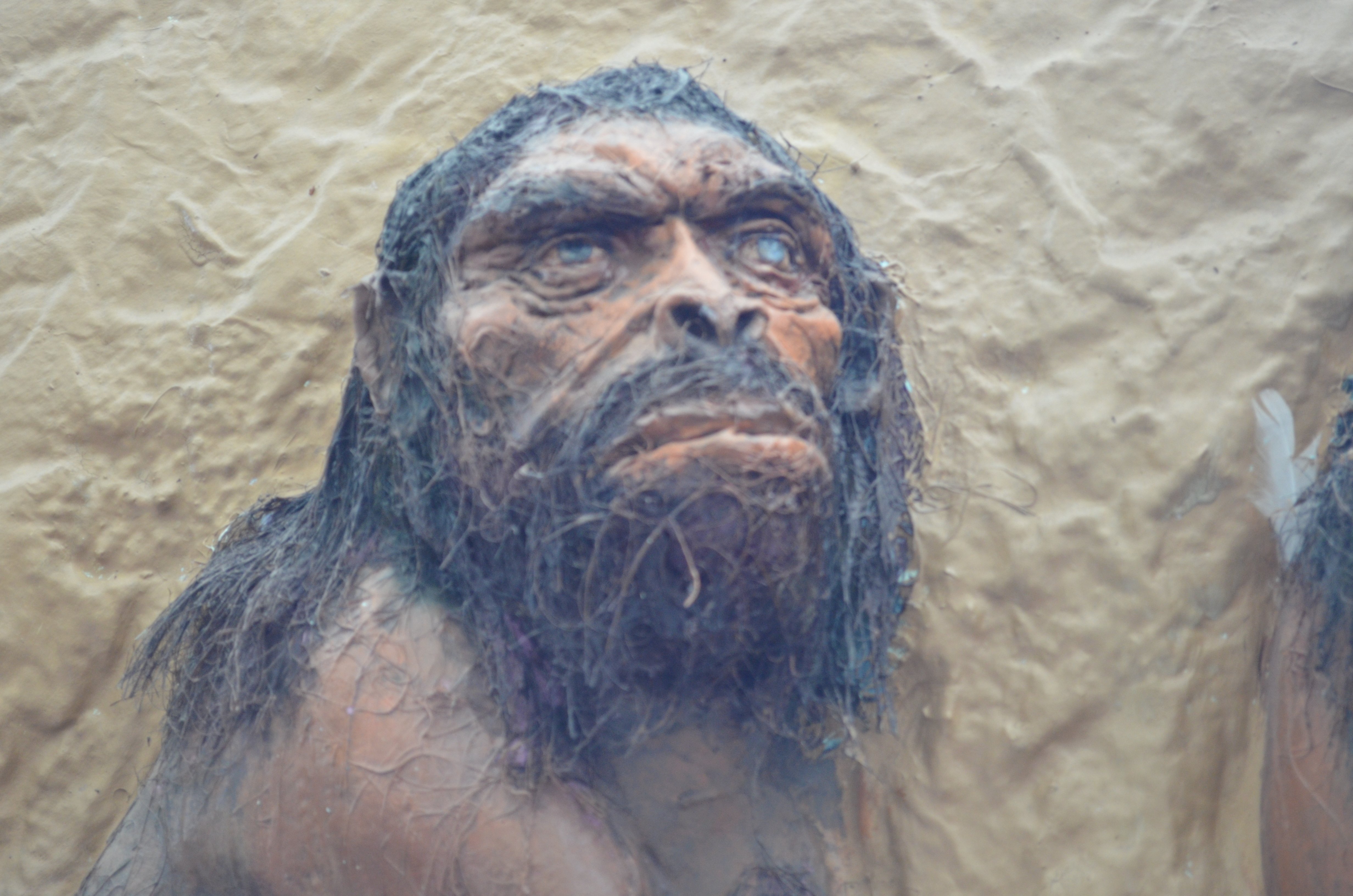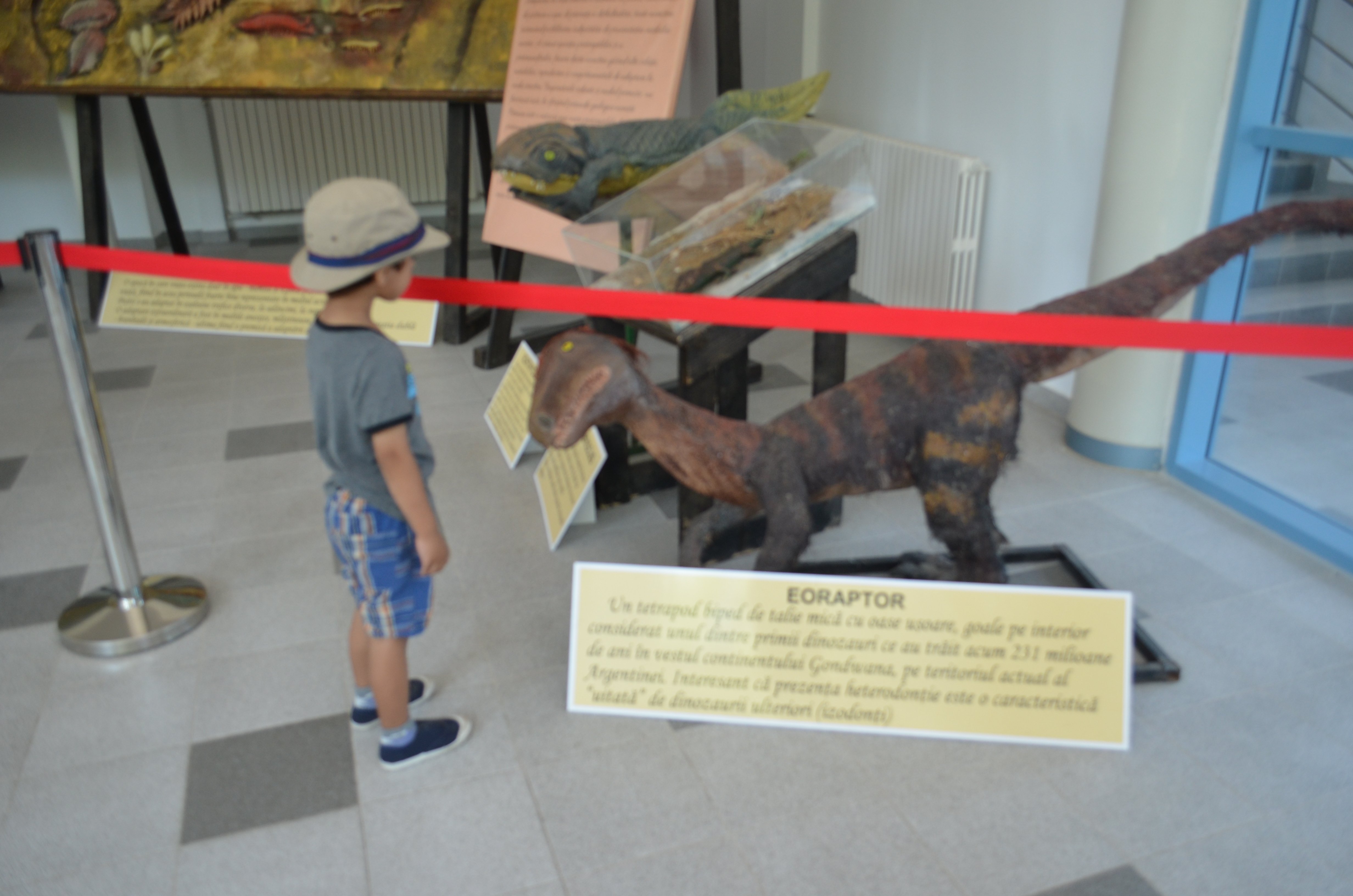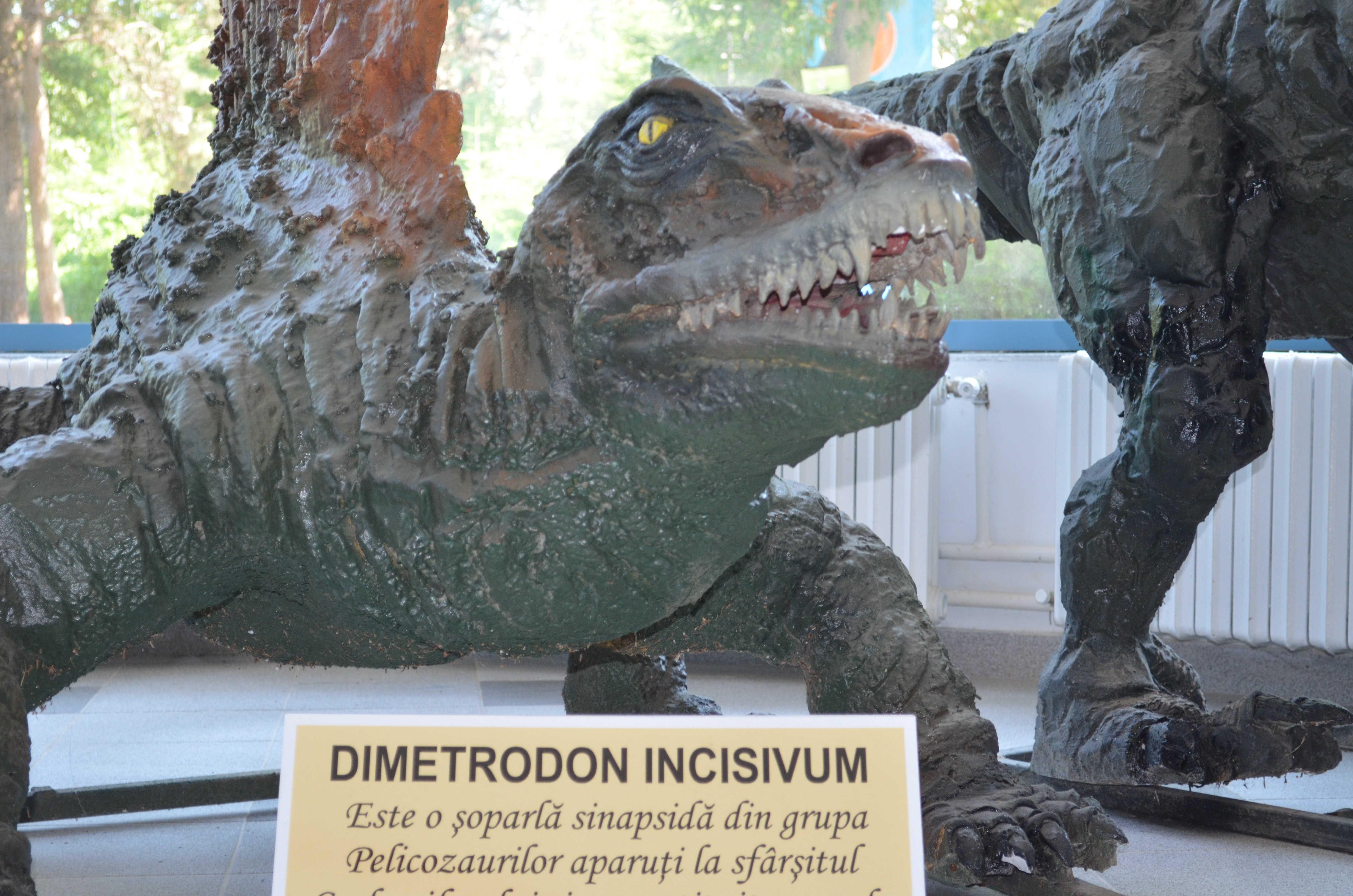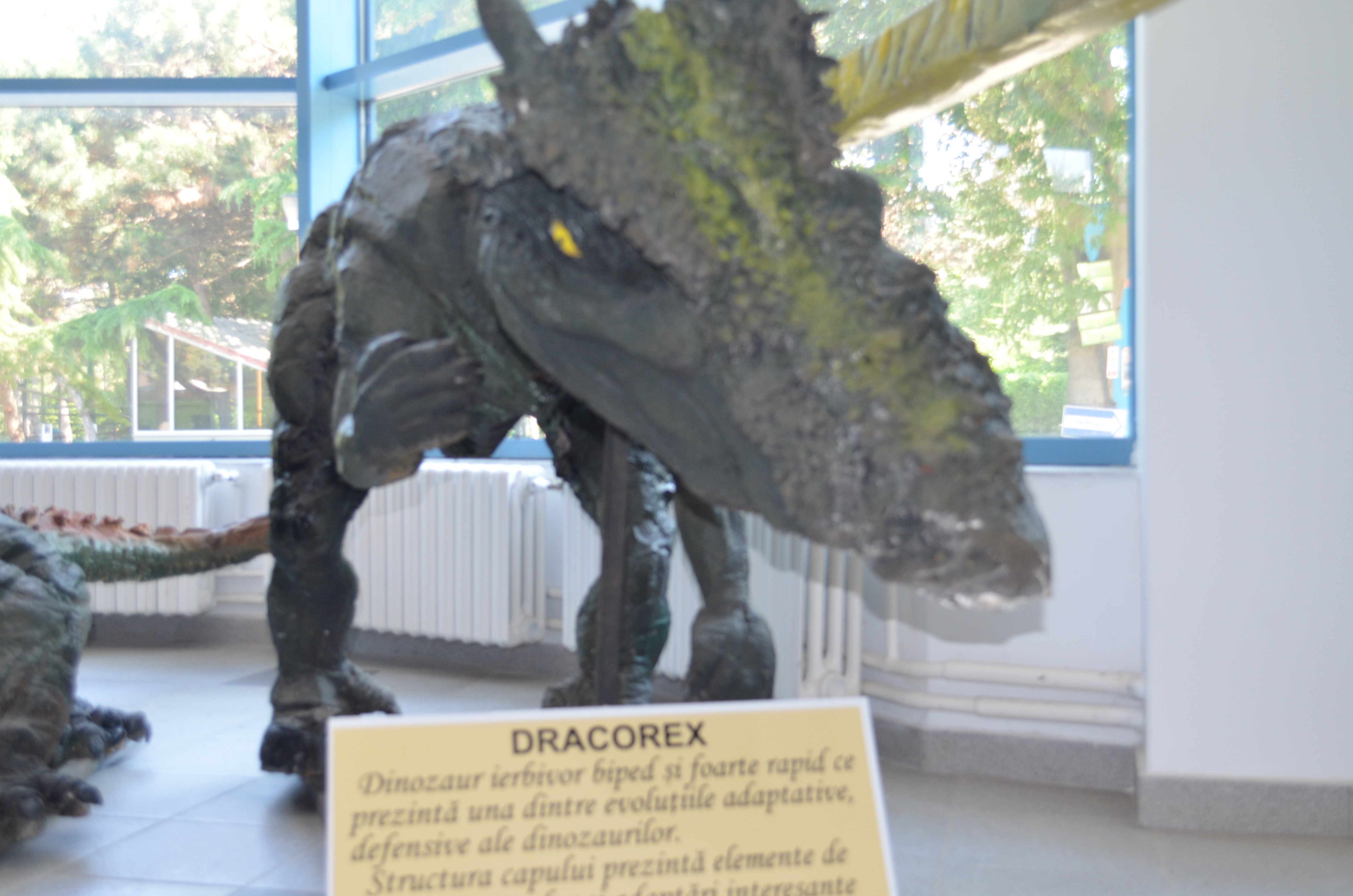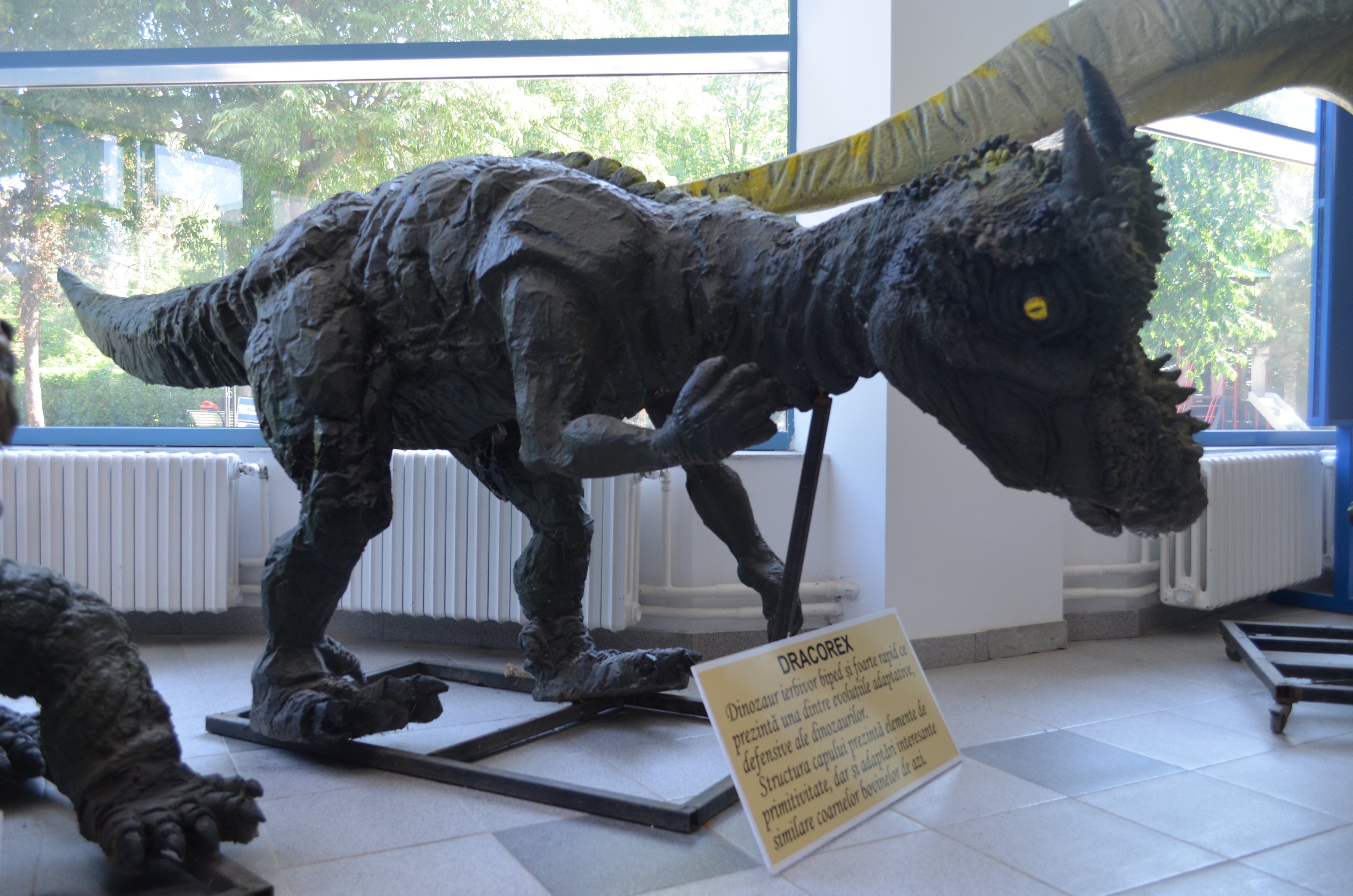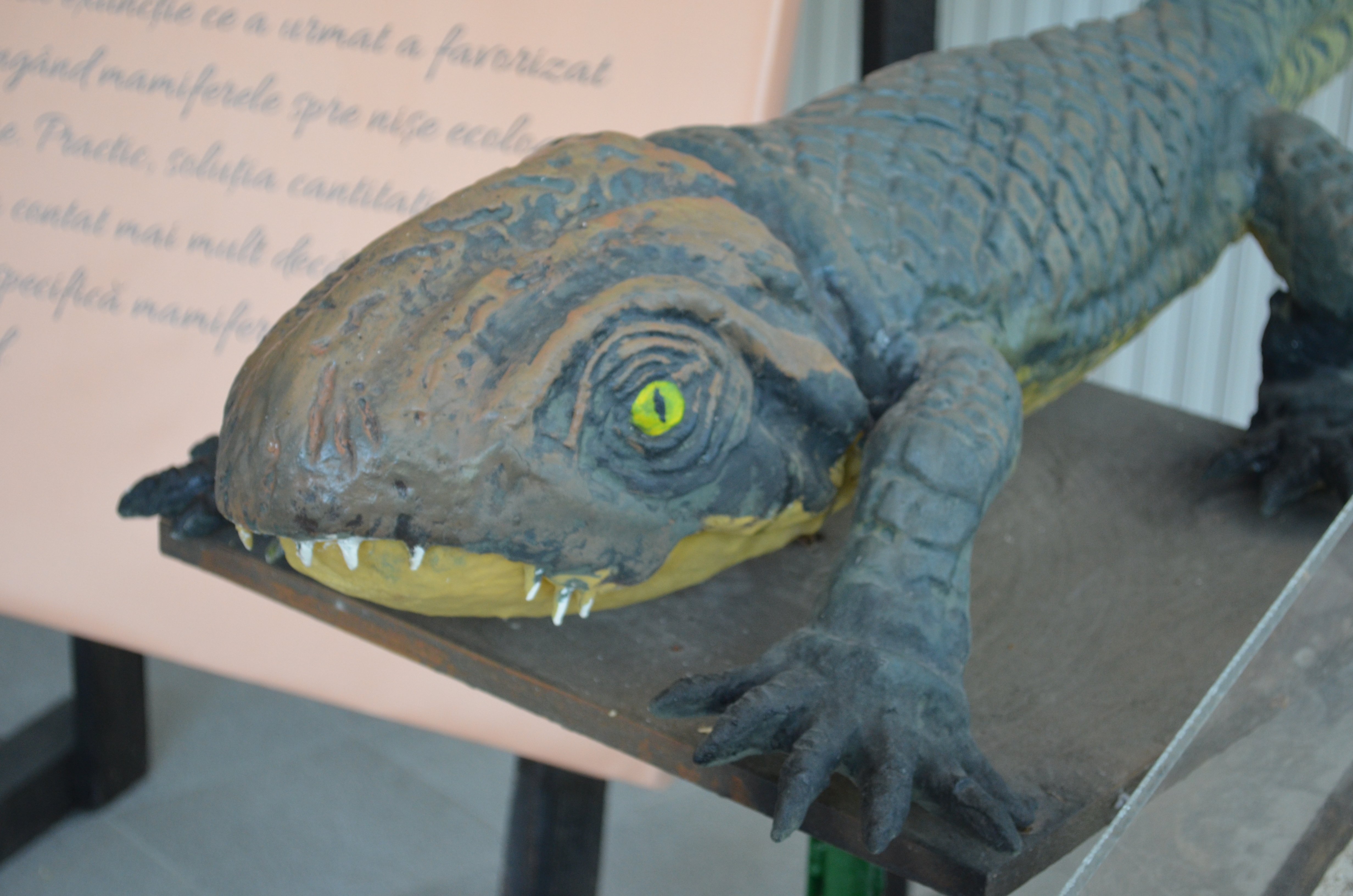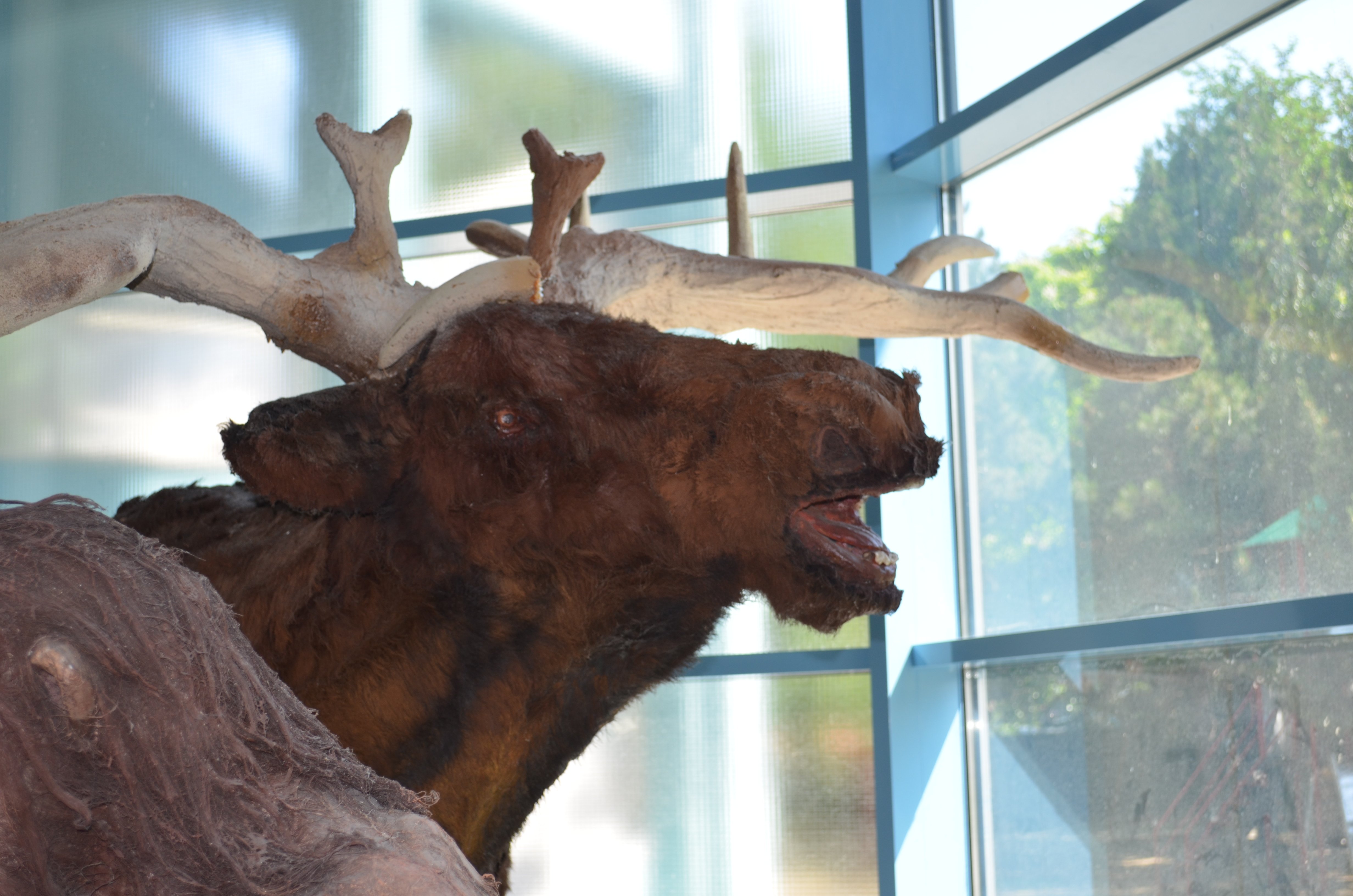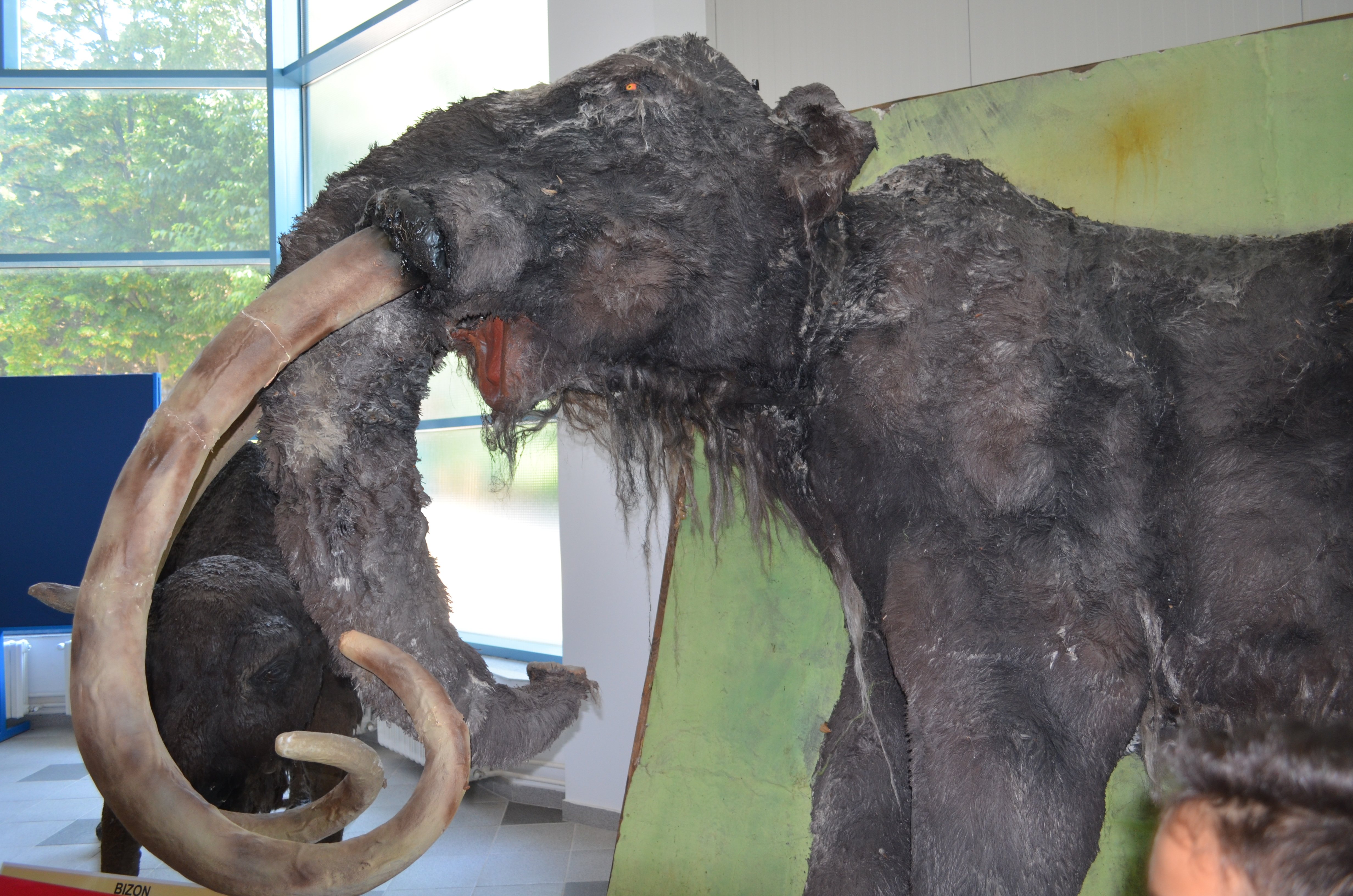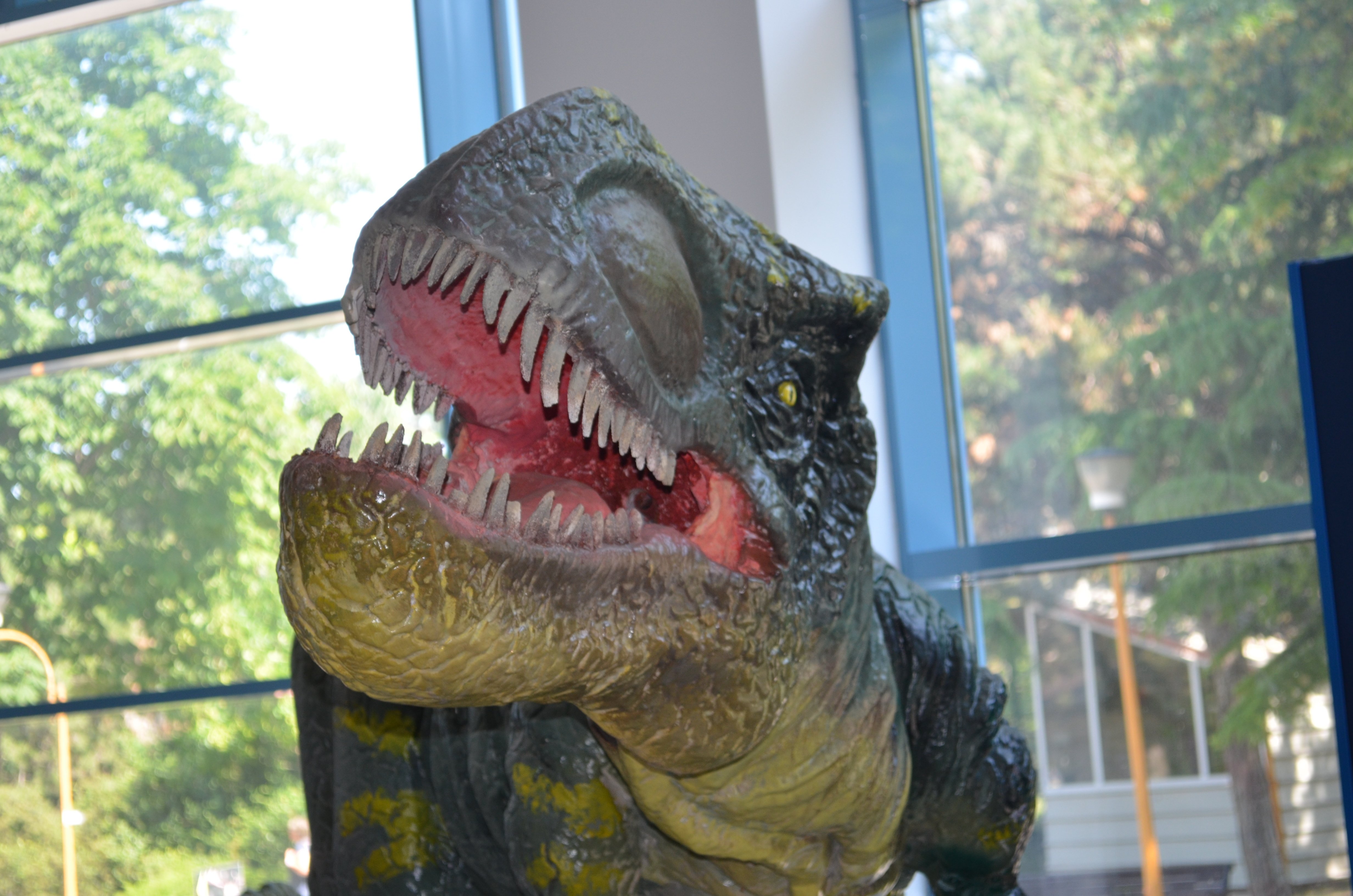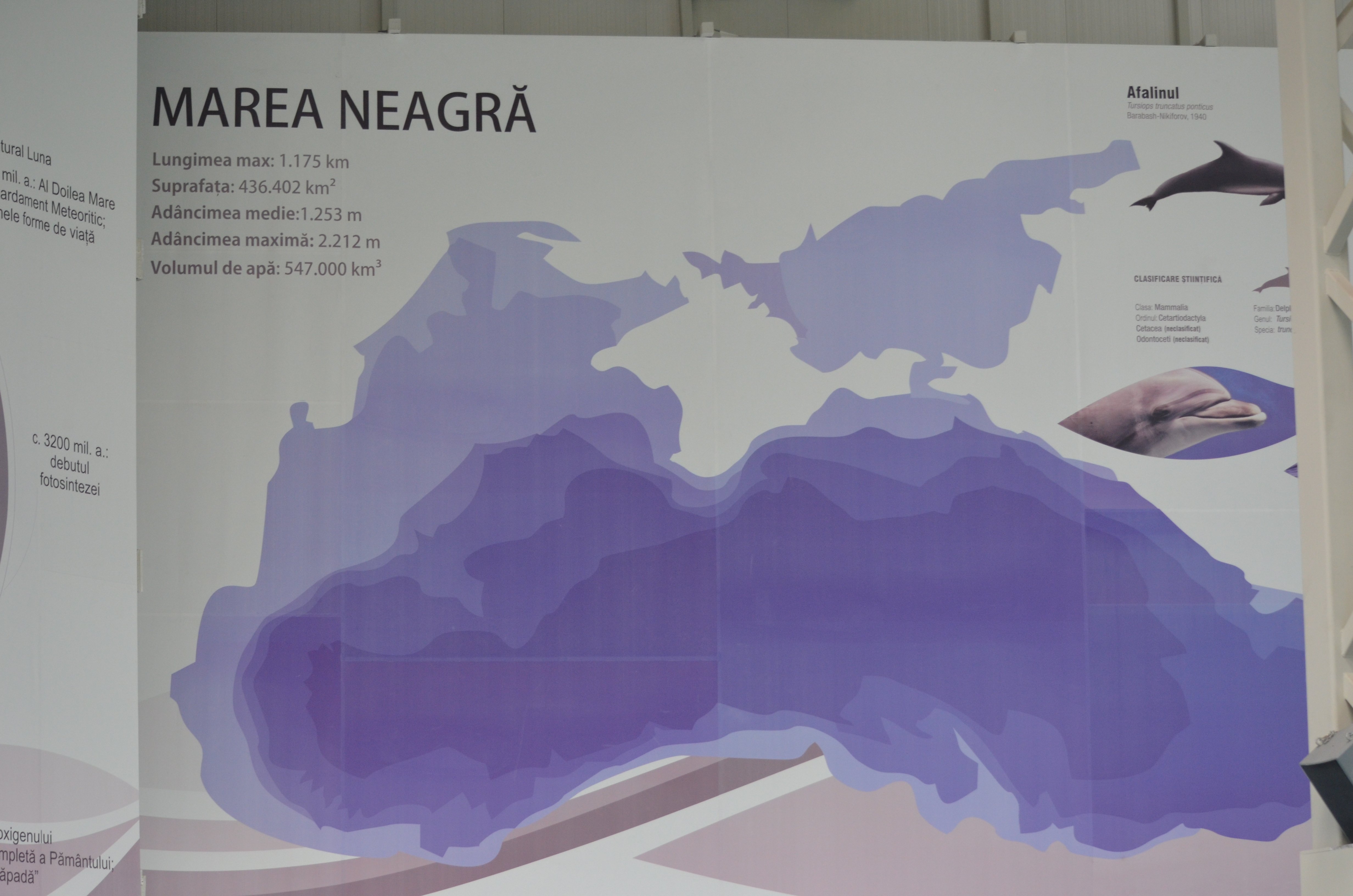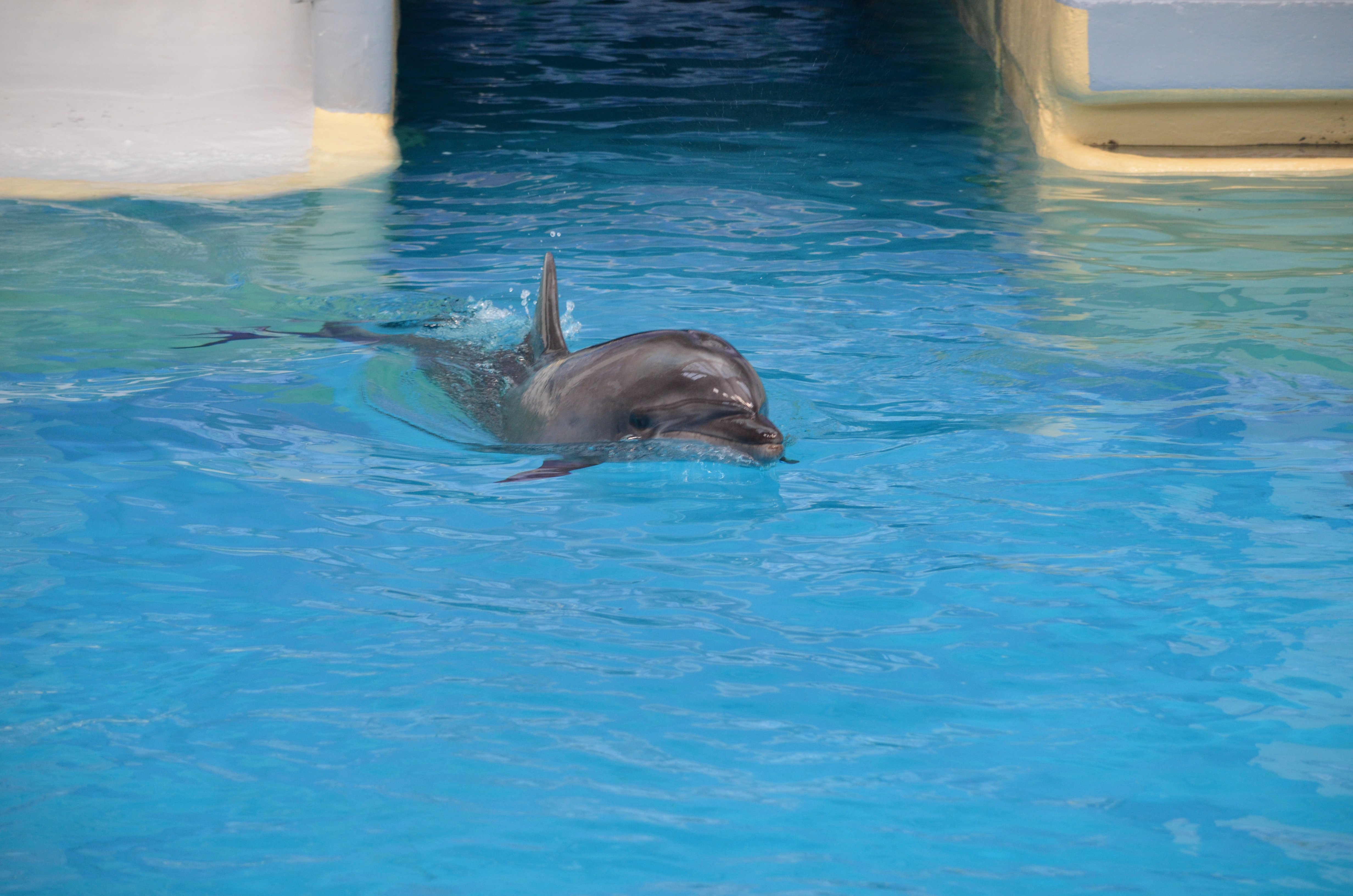What can you do while visiting Constanta during a chilly day and going to the beach is not an option? Go for a walk and explore the city!
We would have loved to do that but since the wind was too strong and my son had a cough, we opted for indoor entertainment. That means we had to chose between visiting the Aquarium/ a museum or going to the Dolphinarium. Obviously my son's first choice was the Dolphinarium.
The Dolphinarium is part of the Museum of Natural Sciences of Constanta The Aquarium, The Micro-Reservation (Mini-Zoo) , Planetarium, The Exotic Birds exhibition and Horse Riding School are also part of the Museum of Natural Science.
Prior to entering the arena, I was pleasantly surprised to discover in the hallway a beautiful exhibition of the Human Evolution Timeline.
The artworks were looking so real, that you'd expect them to make a step towards you at any time.
Here is Australopithecus Afarensis who lived between 3.9 and 3 milions of years ago. As you can see, it had both ape and human characteristics: a monkey face with a flat forehead, a massive bone above the eyes and a strongly projecting lower jaw.
Homo habilis was a species of early humans who lived between roughly 2.1 and 1.5 million years ago. Its name is due to the carving tools that were found with their fossils.
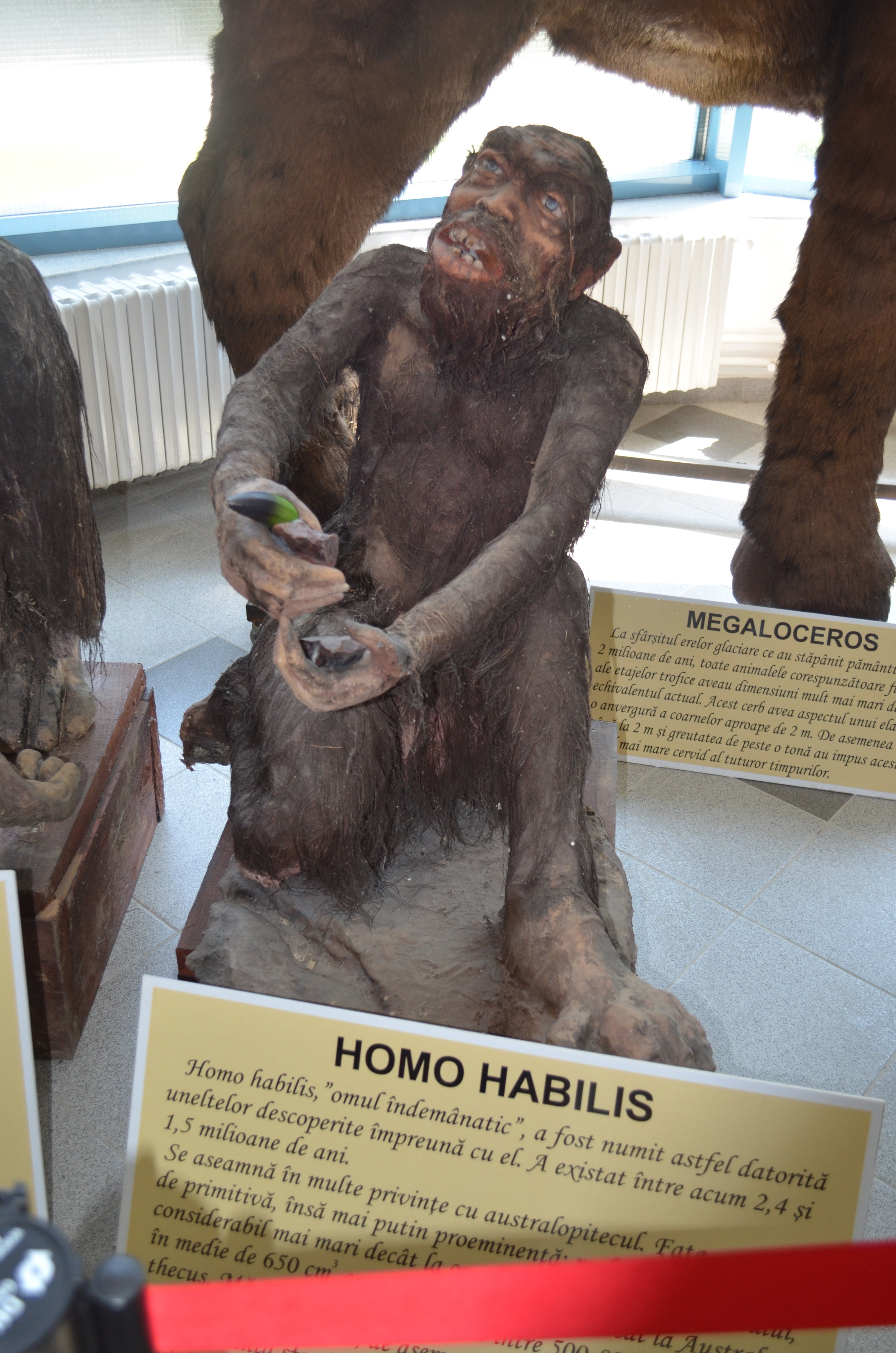
Homo Erectus known as the up-right man was an extinct species of archaic humans that lived throughout most of the Pleistocene geological epoch. He used primitive tools and controlled fire less than 250,000 years ago.
Homo Neanderthalensiswas our closest extinct human relative whose features include the large middle part of the face, angled cheek bones, a huge nose and a shorter body.
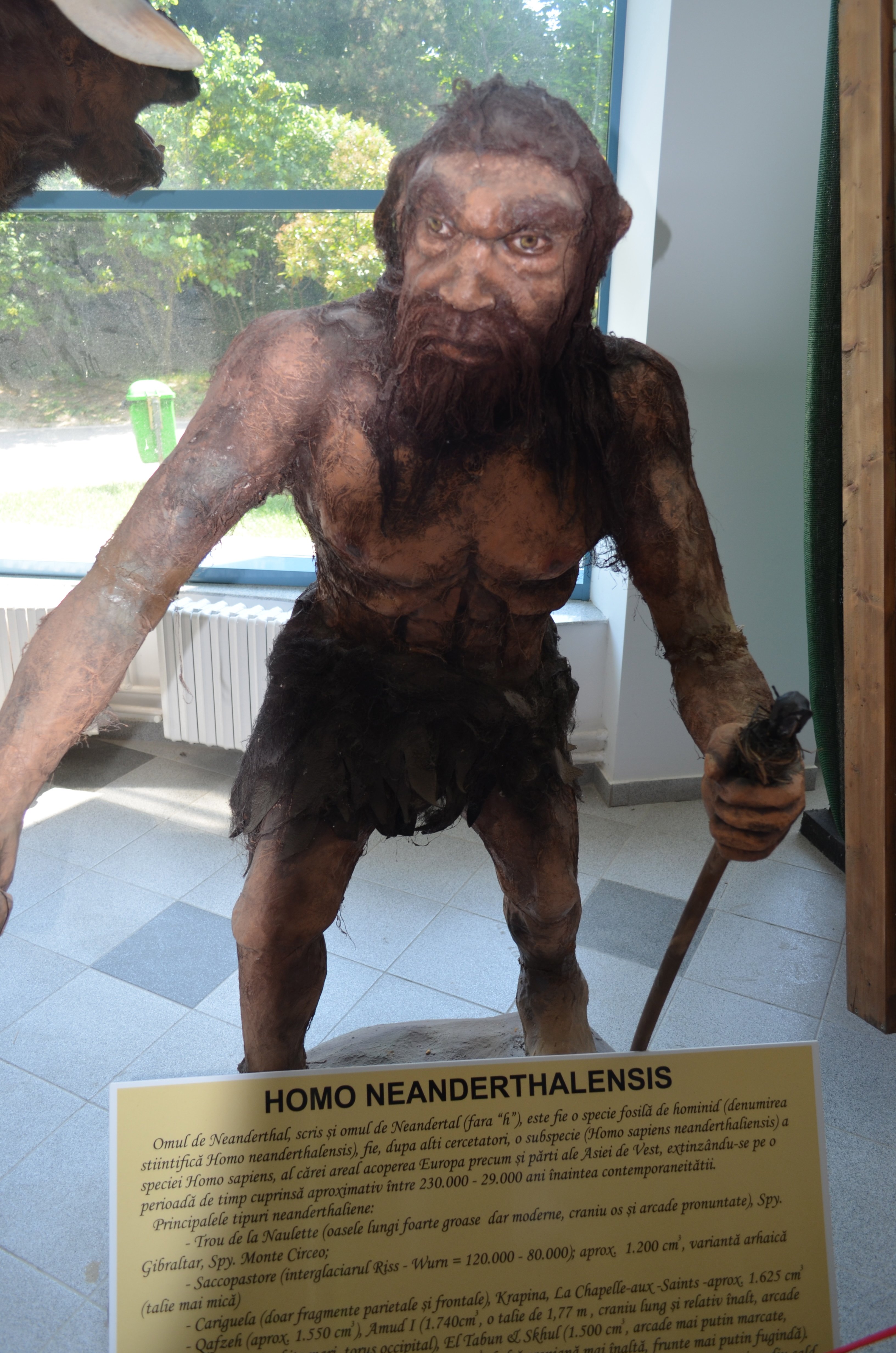
Here are two close up from the Human Evolution Timeline exhibition panel:
Eoraptor was one of the earliest known dinosaurs who lived approximately 231 to 228 million years ago, a very small carnivore from the late Triassic period.
Dimetrodon incisivus was one of the largest land animals and the apex predator of its time, an extinct genus of synapsids that lived during the Cisuralian (Early Permian).
Dracorex was a herbivour that lived approximately 65-70 million years ago during the late Cretaceous Period. It had many strange knobs on its head, as most of these thickheaded dinosaurs did and inhabited North America.
Discosauricus was a small reptiliomorph that lived in what is now Central and Western Europe in the Early Permian Period.
Megalocerus was an extinct genus of deer whose members lived throughout Eurasia from the late Pliocene to the Late Pleistocene. It is the largest deer species ever.
The Woolly Mammoth was the extinct genus Mammuthus (the prehistoric elephantids) that lived in the Northern Hemisphere throughout the middle-late Pleistocene and early-late Holocene epochs.
Tyrannosaurus Rex was the largest of the known carnivorous dinosaurs. Also known as T-Rex, it lived throughout what is now western North America.
On the other side of the hallway there was another exhibition, a smaller one, explaining to the children the different stages that Planet Earth has passed through.
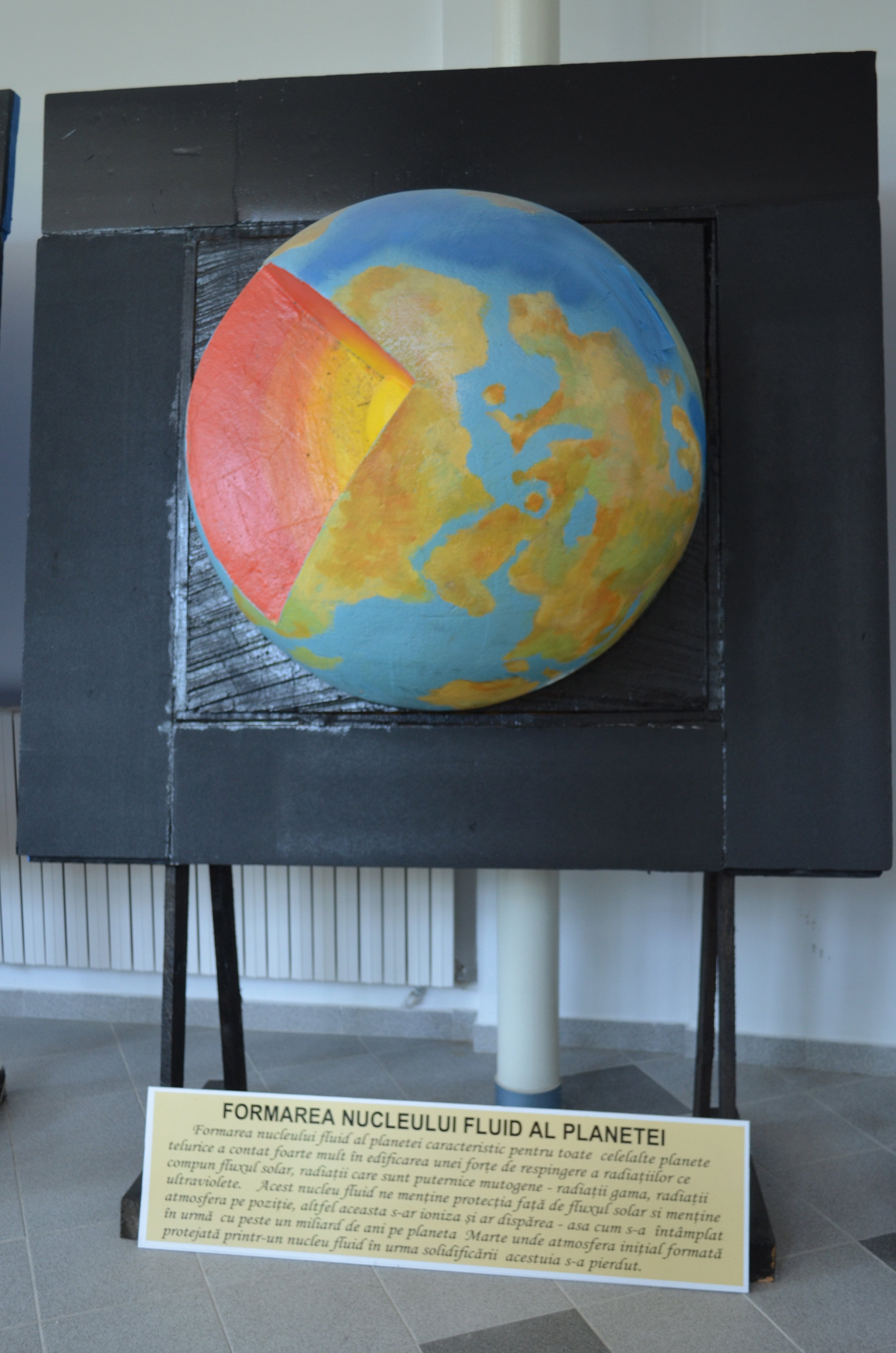
We did not have a lot of time left at our disposal to learn more about it because the dolphin's show was about to start.
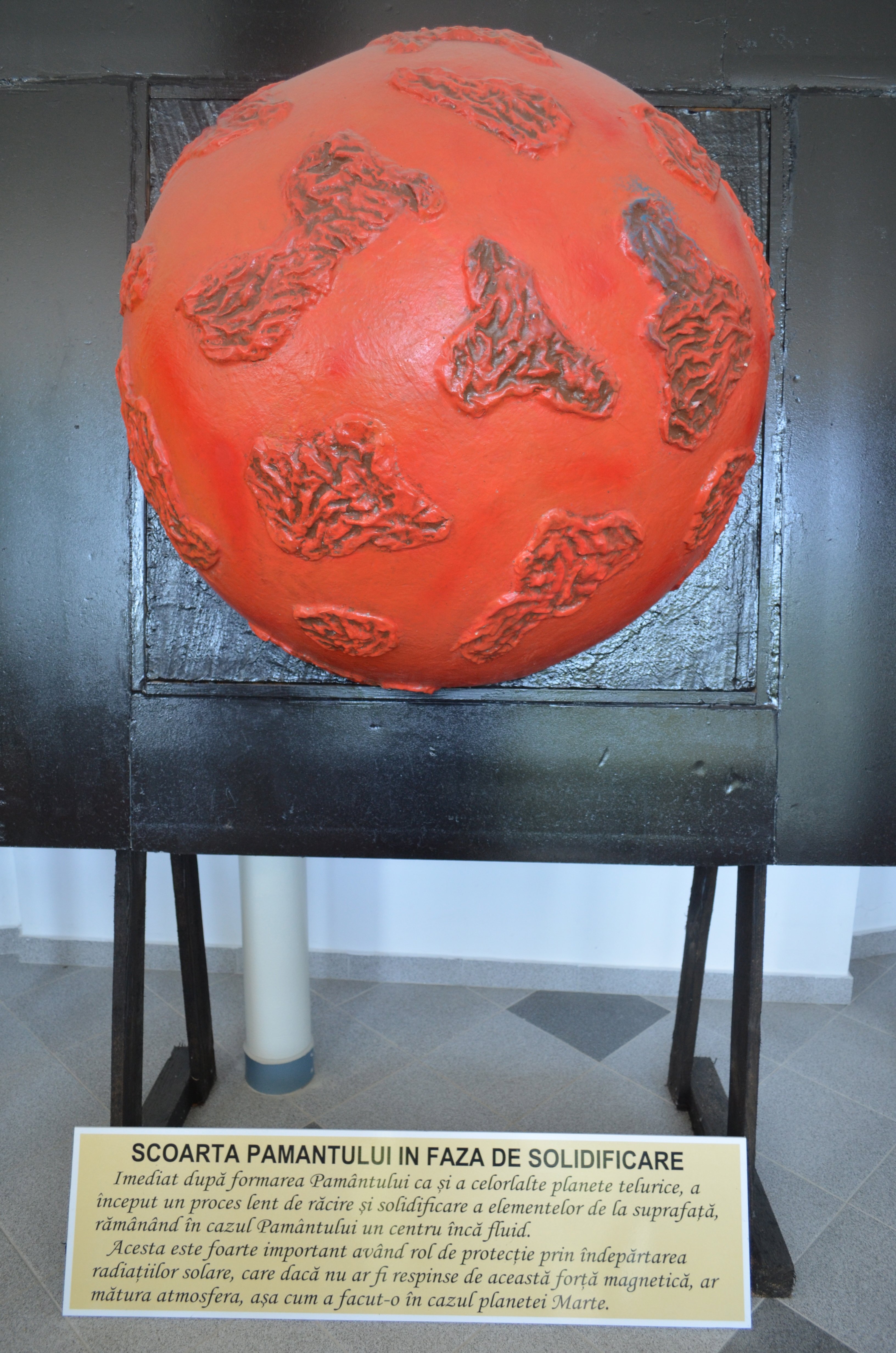
We were supposed to stop here once more after the show, but we forgot. My son was anxious to go see the animals in the micro-reservation.
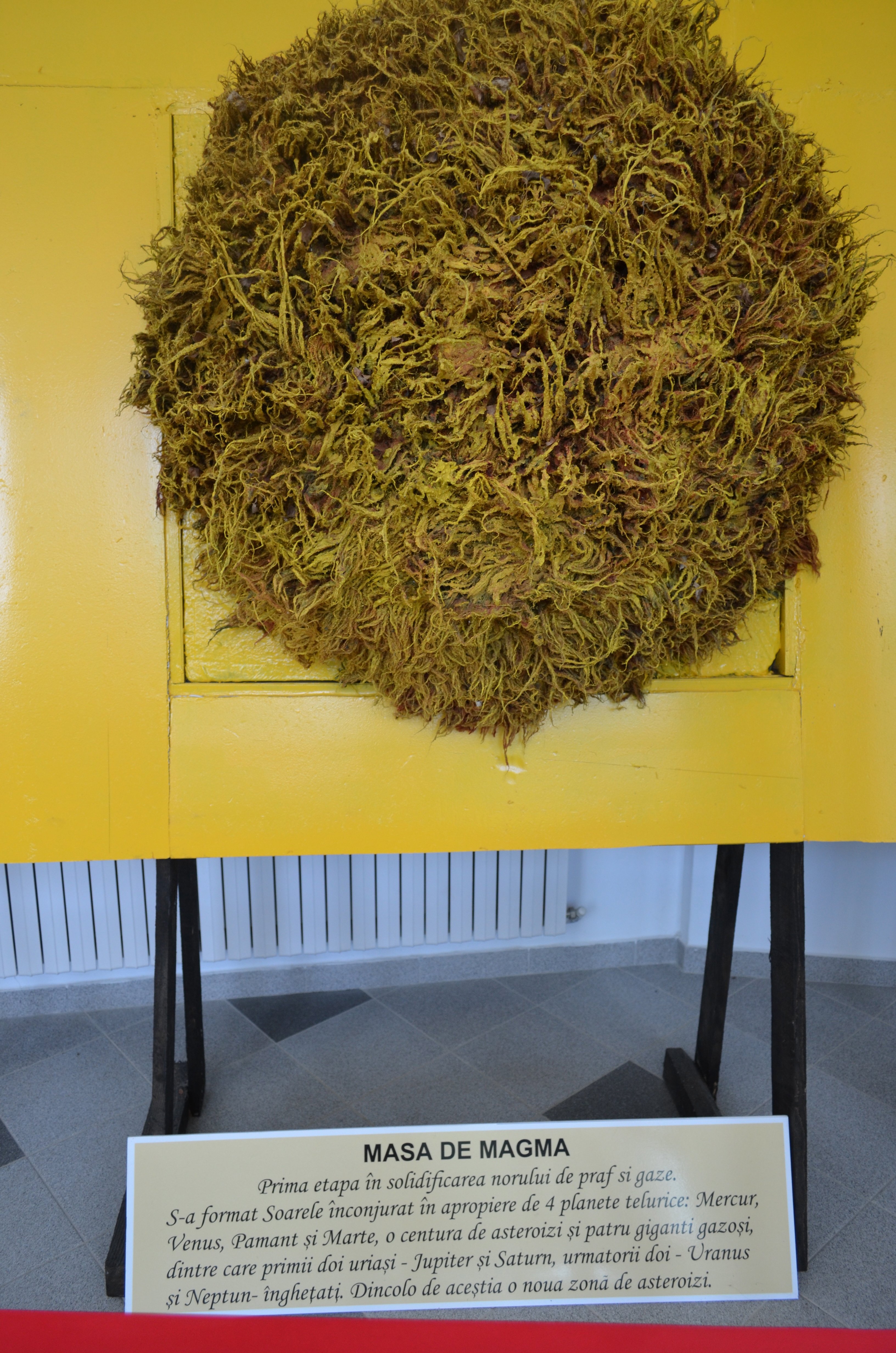
Seeing animals was definitely far more appealing to my four year old than talking about the early history of Earth.
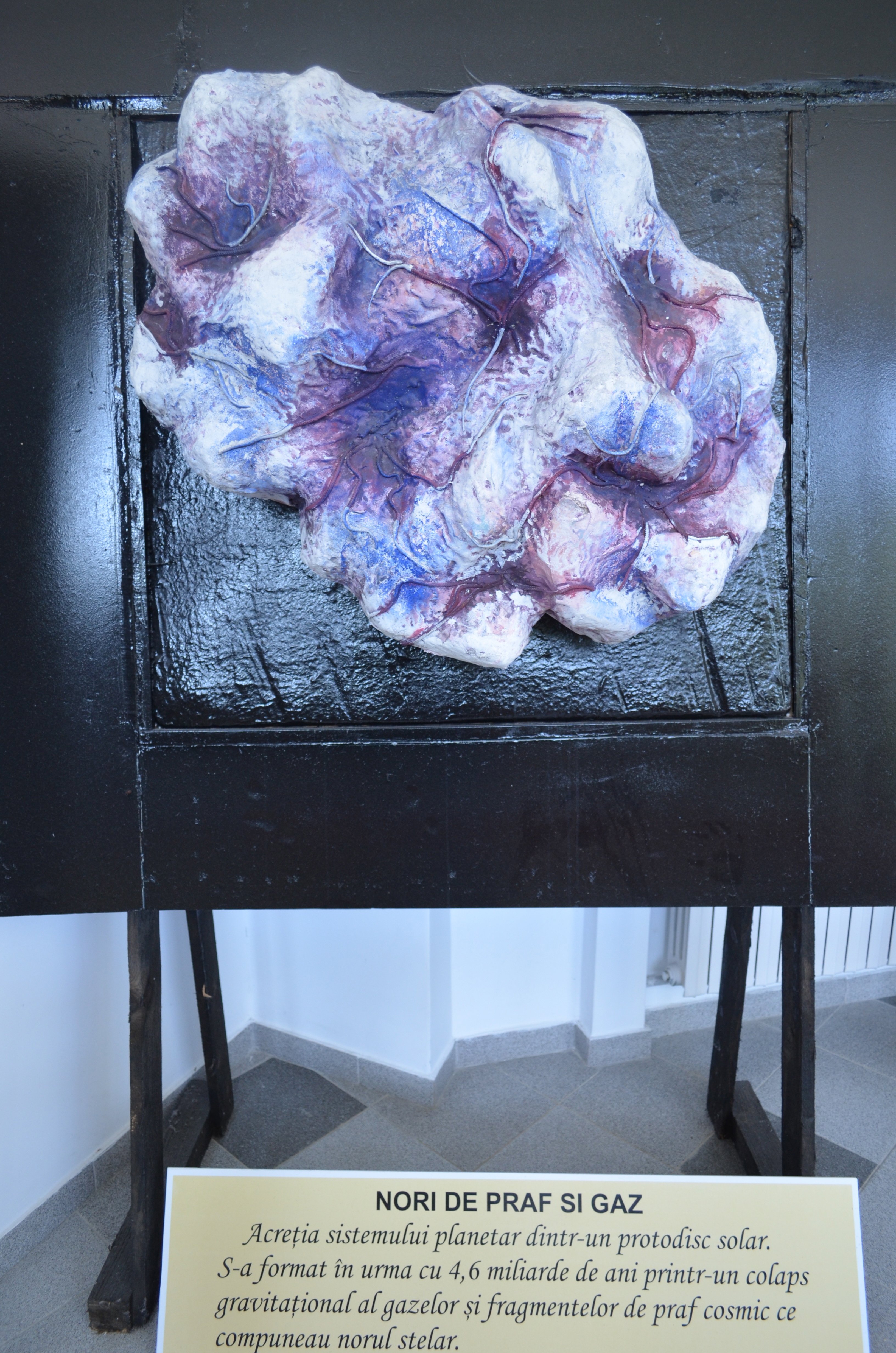
The below map of the Black Sea was hung on one of wall of the Dolphinarium's arena and it showed the species of dolphins that lived here.
Here is one of the two stars of the day that delighted us with their performances. More details about it in my next post!

Here are other travel related posts:
GONDOLA RIDE IN MAMAIA RESORT, ROMANIA
BEACH DAY IN CONSTANTA, ROMANIA
BUBBLES - INDOOR PLAYGROUND IN CONSTANTA, ROMANIA
VISITING DAMARLI ESTATE IN BOQUETE, PANAMA
BAHIA DE PAQUERA, NICOYA GULF, COSTA RICA
EXPLORING AMSTERDAM, NETHERLANDS
MACKINAC BRIDGE, MICHIGAN, USA
CHASED BY TORNADOS IN MINNESOTA
MINNEHAHA FALLS REGIONAL PARK, A GEM IN BETWEEN THE TWIN CITIES
BANFF, A RESORT TOWN INSIDE THE BANFF NATIONAL PARK, ALBERTA, CANADA
OLD PORT OF CONSTANTA, ROMANIA
TEN FACTS OR MORE ABOUT BOQUETE, PANAMA
MORAINE LAKE, A SURREAL BEAUTY IN ALEBERTA, CANADA
TIPS ON HOW TO MAKE A LIVING WHILE TRAVELLING THE WORLD
FEELING UNINSPIRED? VISIT A WELSH RETREAT: GLADSTONE’S RESIDENTIAL LIBRARY
TURDA’S 400 FEET UNDERGROUND AMUSEMENT PARK, A HIDDEN GEM OF TRANSYLVANIA, ROMANIA
CARIBBEAN PARADISE: BOCAS DEL TORO
BOQUETE’S FLOWERS AND COFFEE FESTIVAL, PANAMA
VISIT TO SAINT-JOSEPH’S ORATORY IN MONTREAL, CANADA


Unless stated otherwise, all photos used in this posts are taken and owned by myself. If you wish to use any of my images, please contact me!
Thank you for reading, I hope you enjoyed it! Please leave your feedback in the comments, I would love to hear your thoughts!

